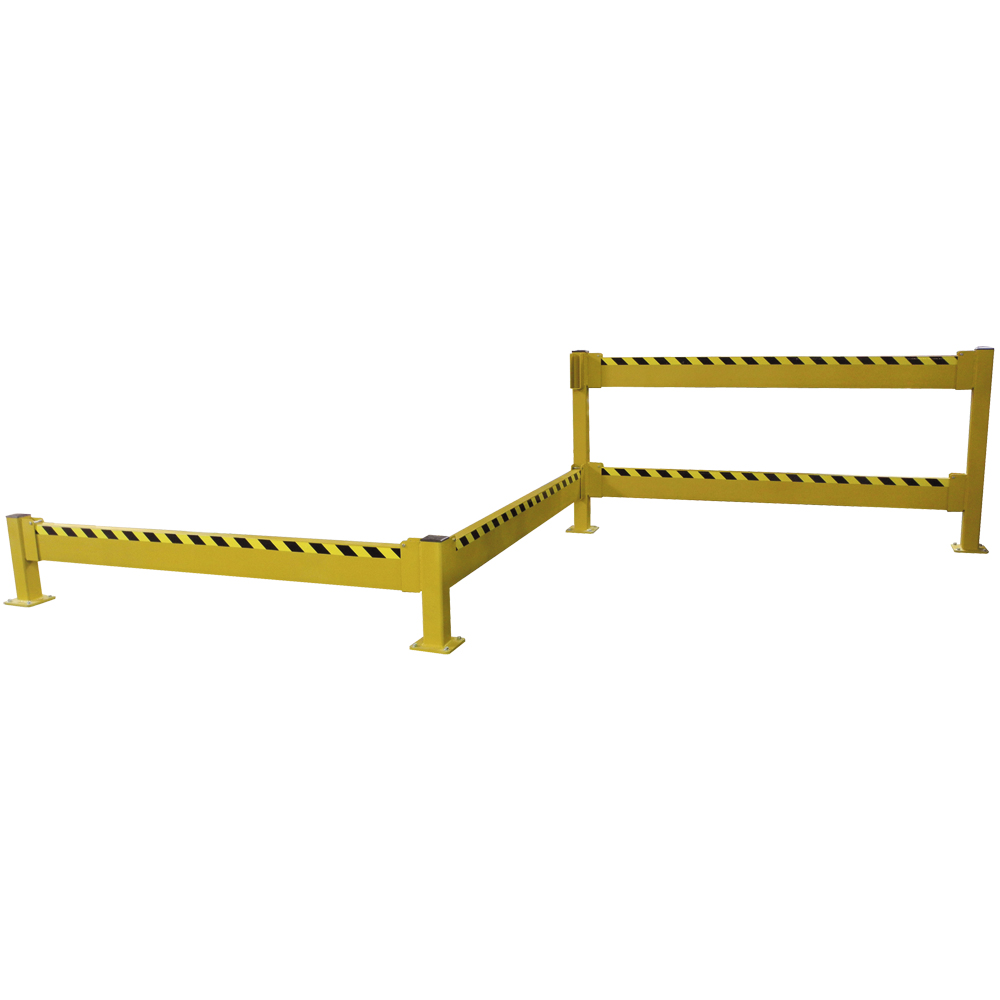We use cookies to make your experience better. To comply with the new e-Privacy directive, we need to ask for your consent to set the cookies. Learn more.
Industrial Storage Racks for Heavy Loads
Half an hour before a certain Carrollton, Texas warehouse opened for the day on July 5, 2007, the shrill tone of a security alarm split the air. A motion detector inside the warehouse triggered the warning.
There were no intruders in sight, but the source of the motion was clear. More than half of the racking systems in the facility lay in heaps. At some point that night, a series of flaws in the shelving finally gave way to disastrous collapse.
Three engineers from Nelson Architectural were called in to investigate. Their report revealed errors that can teach the rest of us a lot about choosing, installing, and maintaining racking for warehouses that store heavy loads (which, of course, includes virtually every industrial storage facility in existence).
WAREHOUSE SHELVING DEPENDS ON MORE THAN QUALITY MATERIALS
It's tempting to write off the Carrollton collapse as something that couldn't happen in your facility. Surely, you might tell yourself, they were using cheap or substandard racking.
Actually, the investigators found that the columns and the vertical frames of the failed shelving units were strong enough to bear their loads. There was nothing wrong with the steel.
Instead, the fault lay with column bases that shifted slightly out of plumb with the sections they were meant to support. As the uneven distribution of weight on shelving units exerted force on the bent bases, the columns gave way. That, in a nutshell, was what caused the collapse.
HOW TO KEEP WAREHOUSE SHELVES SAFE AND SECURE
According to the authors of the case study on the Carrollton facility, facility managers went wrong in four preventable ways:
-
The primary flaw — columns with bases that were out of plumb — violated ANSI/RMI standards. Regular testing against those standards could have revealed the problem before disaster struck.

-
Investigators assumed that the columns were knocked out of plumb by equipment strikes. Anyone who's operated a forklift in a tight warehouse knows that’s probably the right guess.
-
The solution is to protect racking systems with effective structural barriers. Steel Structural Barrier Rails from Solus Group are built to withstand up to 10,000 pounds of impact pressure at four miles per hour. They're infinitely expandable, and the rails lift out easily for quick access.
At the very least, Structural Bollards at corners of racking sections can prevent the most common type of shelving impact.
-
Racking units at the Carrollton facility weren't anchored to the floor, and had standard-sized foot pads. Industrial Shelving from Solus Group features larger-than-average foot pads, which protect flooring, and can be anchored to floors to virtually guarantee plumb columns throughout the system's working life.
-
The most stable systems of racking include back-ties that connect each section to adjacent units. The Carrollton facility didn't possess this safeguard, which investigators say might have prevented the collapse. <>/p
Industrial facilities have to store remarkably heavy components. When you set up a storage room or warehouse floor, make sure your shelving can stand up to the challenge. A combination of Industrial Shelving and Structural Barriers from Solus Group will ensure that you never suffer the same fate as the unfortunate warehouse in Carrollton, Texas.
References:
Ahuja, Deepak, Ryan Chancey, and James Plantes. "A Case Study on the Collapse of Industrial Storage Racks." NelsonForensics. Nelson Architectural Engineers, Inc., n.d. PDF. 26 July 2016.
